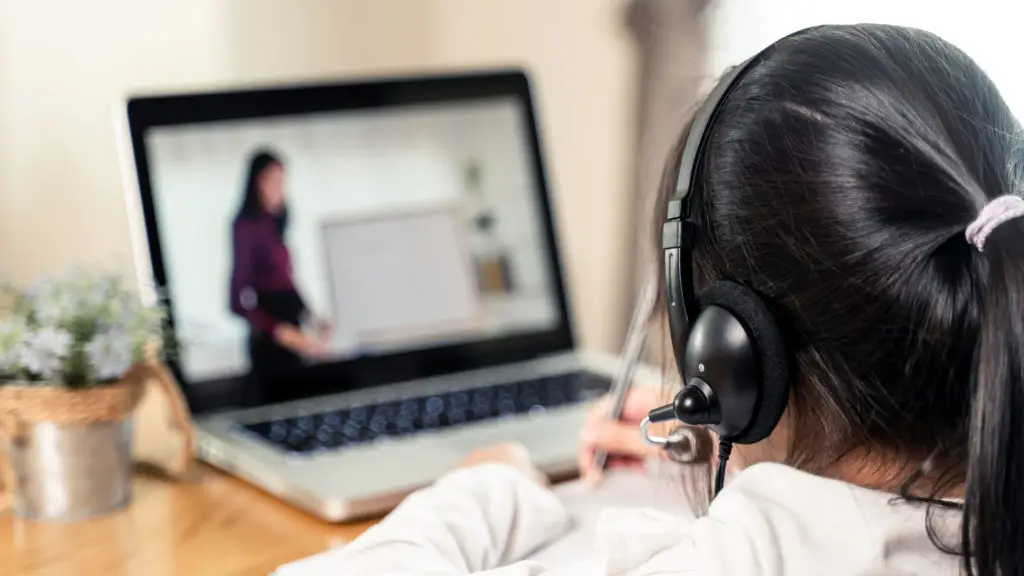As school systems around the country prepare to reopen this fall, they face the reality that many families are hesitant to return to in-person instruction.
Recent surveys from the RAND Corporation and the University of Southern California suggest families of color are especially reluctant. Some are concerned about the pandemic. Others may feel that their children are simply more comfortable learning at home, or that the schools to which they’re expected to return weren’t that welcoming in the first place.
Many school districts have launched a full-court press to convince these families it’s safe to return to classrooms. But what should schools do about families who refuse to come back?
School systems across the country are working to create new virtual learning opportunities. In California, districts are expanding remote independent study options for students with health concerns. CRPE’s nationwide review of 100 large urban districts this spring and summer found 40 districts planning to offer virtual programs, at least 17 of which would be funded by federal stimulus dollars.
Districts exploring these possibilities need not go it alone. They might need some help from state policymakers, who can sponsor statewide efforts or support partnerships that make school districts’ jobs easier.
Florida offers one model. Sunshine State school districts are largely scrapping pandemic-era remote learning, but all of their students will still have access to online learning options that existed before the pandemic. Florida Virtual School (FLVS) operates as a statewide school district, offering full- and part-time online schooling to any student in the state. It also serves as the foundation for virtual schools in each of the state’s 67 school districts. These district franchises use FLVS curricula and technology, but they can employ local teachers and tailor the learning experience beyond what FLVS offers statewide—including offering learning labs where online students can receive in-person support.
Indianapolis Public Schools offers another model. The district surveyed families and found some were hesitant to return to classrooms. But the district is launching new partnerships with virtual schools that are explicitly designed to address challenges that have plagued the quality of online learning. There will be tight caps on class sizes and students will have access to in-person support, drawing lessons from Indianapolis’ community learning sites that supported remote learning.
Other models might be available to support districts. Colleges and universities had been expanding their online instruction capacity before the pandemic, and could become valuable research and development partners for K–12 school systems—helping them implement online learning technology and improve over time.
The pandemic exposed the limitations of online schooling. It placed untenable demands on parents, especially those with young children. Re-creating traditional school days online proved infeasible. Many students and teachers found sitting in front of a computer all day alienating and exhausting.
But students, families, and educators also discovered the potential of learning experiences freed from traditional constraints of time and place. Experts could join Zoom classes from anywhere in the country. Judicious use of asynchronous work allowed students to work on projects or participate in work-based internships that would have been impossible to pursue on a traditional school schedule.
The flexibility of online learning can make school more amenable to teachers caring for their own children at home, or teenagers with work and family obligations. It can allow any school system in the country to offer courses in hard-to-staff subjects, from physics and calculus to Mandarin and Arabic. And online connections enable new relationship-building opportunities, like remote peer mentorship and virtual meetings that are more accessible to working parents.
The task for school system leaders is to set up systems that allow educators to continue exploring online learning’s potential to support a more flexible and humane learning system for students. That will likely involve fewer attempts to create a virtual replica of traditional schooling, and more efforts to weave online learning into the fabric of public education in creative ways.
After 16 months of remote learning, lessons about the potential and pitfalls of online instruction are fresh in educators’ minds, and an infusion of federal recovery funding is available to spend. There may never be a better time to invest in systematic efforts to realize the potential of online learning.





